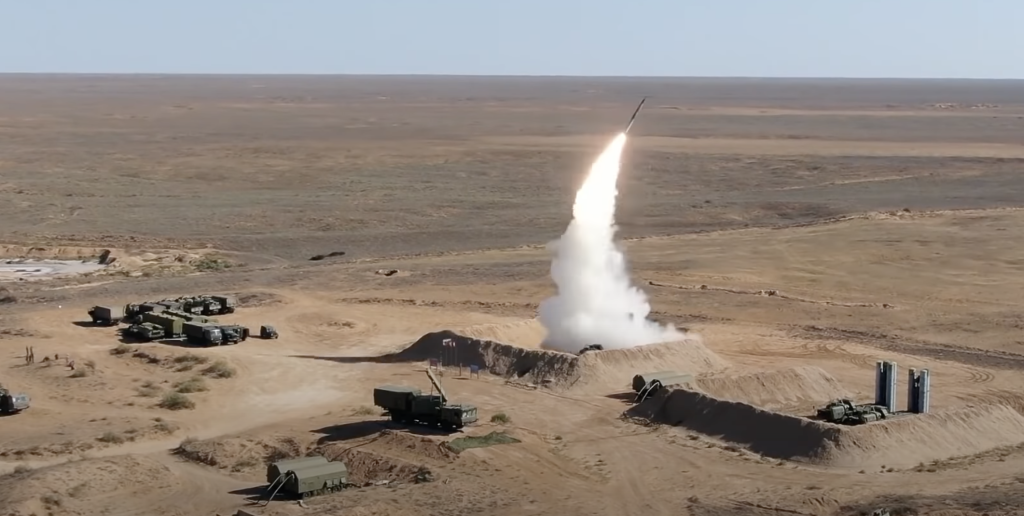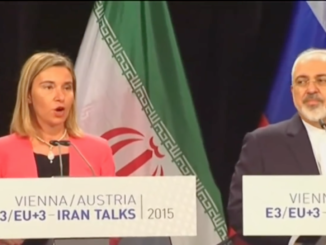
India’s reasons for acquiring the S-400 have been justified as a response to hostile neighbors with which it has fought wars; both Pakistan and China are nuclear-capable and have a strategic partnership. Buying the S-400 gave China leverage over India which perceives China’s rapidly advancing missile capabilities as a threat. Pakistan’s nuclear doctrine is ambiguous to deter India. India has been working to create the perception that it is a world power and independent in its foreign policy choices, as it can maintain its relations with both the US and Russia. On the domestic front, the Indian government tries to satisfy its people that it will never compromise on Indian security.
Development of the S-400 began in 1980. It was announced by the Russian Air Force in January 1993, and successful tests were reported on 12th February 1999 at Kapustin Yar in Astrakhan. Completion of the project was announced in February 2004 and the system was approved for service in 2007. It can be equipped with four missile types: the short-range 40 km-range 9M96E, the medium-range 150 km-range 9M96E2, the long-range 200-250 km-range 48N6, and the very long-range 400 km-range 40N6E. It can quickly destroy incoming objects at a distance of 400 km but can detect an object in a 600 km range. The system is intended to engage manned aircraft and UAVs, ballistic missiles, and cruise missiles.
The freedom of operation for the Pakistan Air Force, even inside its territory, would be limited even in peacetime. The S-400 system helps the Indian Air Force establish a high degree of air control on the battlefields and over the sea. The challenge is its ability to nullify or reduce Pakistan’s ballistic missile-based deterrence capability, encouraging the Indian side to launch pre-emptive or surgical strikes. The question is whether Pakistan can assure its second-strike capability. Pakistan might develop hypersonic ballistic missiles besides super or hypersonic cruise missiles. It could opt for ground forces-led surgical strikes against S-400 missile sites. Pakistan’s intelligence setup must keep track of the S-400 induction program in India; the entire system can be neutralized by knocking out just one link in a functional chain.
Pakistan should increase the production of missiles because a specific type of missile, the 5P85TE2, is used in the S-400, so when the stock finishes, Pakistan can use other options like fighter jets and drones. The frozen conflict burning again in Ladakh has demonstrated to India’s high officials that China is a bigger threat than Pakistan; the Ladakh skirmish showed that India’s conventional capability and ability cannot meet that of the Chinese as their attention is focused on non-conventional capabilities.
As China is already familiar with the S-400 and China has successfully tested hypersonic missiles, Indian strategic decision-makers now have to consider which side they are more vulnerable on, Pakistan or China. In the Balakot crisis, India shot down their own helicopter with a surface-to-air missile. Their planes will not be saved from S-400 because miscalculation is possible in such a situation. India is importing weapons, aircraft, drones, submarines, and air defense systems from the US, Israel, France, and Russia. It is costly as they have to get training from each country to become familiar with the hardware and software.
Will India face CAATSA sanctions? The objective of CAATSA is to hurt the Russian military industry through sanctions. The US did not make any final decision to sanction India or not. But the US sanctions Turkey, which is a NATO ally, under CAATSA. This is a test for Biden whether he will endorse India or let them go because both consider China a common adversary. If the US does not sanction India, it will be apparent that the US can provide any state a waiver against China. The US will demand that India buy more arms from the US, and share the technology of S-400, which would help the US and NATO to understand its working. US Senators Warner and Cornyn are paving the way to concessions for India as it is the United States’ strategic partner.
The S-400 deal is also a political tool against Pakistan; whenever Pakistan and Russia come closer, India constantly pressurizes Russia with the intent of isolating Pakistan. An unending arms race is still going on between India and Pakistan, and India continues to disturb the balance of power in South Asia. After this deal, India is also interested in the S-550 and the S-500 Russian missile defense systems which are more advanced than the S-400. India and Russia signed a deal for more than 500,000 AK-203 rifles manufactured in India. Now three questions arise: first, will India use this coming deal as a political tool against Pakistan again, and how will Russia respond to it when Russia is interested in investing in Pakistan? Second, will the CAATSA apply to India this time or not? And finally, if Russia and India sign deals for the S-500 and S-550, how will China respond to this deal?
Conclusion. The arms race in the region is not only creating a security dilemma, it also requires use of a huge amount of money for their maintenance. These funds would be used for the development of people. The nuclear arms race can be avoided if both Pakistan and India exercise strategic restraint.
![]()




Informative and well written
Well done Mr. Shah very authentic and well researched article. Look forward to many others of this type in future.